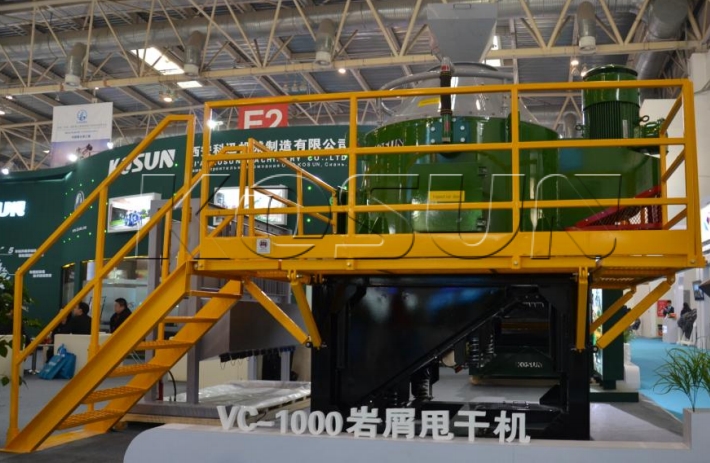In the oil and gas industry, efficient waste management is critical to maintaining operational efficiency, reducing environmental impact, and ensuring compliance with regulations. KOSUN, a leader in solids control and waste management solutions, offers a comprehensive range of equipment, including Oil Tanks, Mud Tanks, and Waste Preparation Modules, designed to handle the most challenging waste streams with precision and reliability.

Oil Tanks and Mud Tanks: The Backbone of Solids Control
KOSUN’s Oil Tanks and Mud Tanks are engineered to complement the Waste Preparation Module, forming a complete waste management solution. These tanks are designed to store and transport drilling fluids, oil, and waste materials safely and efficiently. Built with durability and reliability in mind, they are ideal for harsh operating environments and can be customized to meet specific project requirements.
Decades of Real-World Expertise
KOSUN’s waste treatment solutions are built on decades of real-world experience in the oil and gas industry. Our equipment is trusted by operators worldwide for its ability to handle complex waste streams, reduce environmental impact, and improve operational efficiency.
Why Choose KOSUN?
Advanced Technology equipment design ensure superior waste separation and treatment.
Reliability: Robust construction and continuous batch processing minimize downtime.
Flexibility: Dual-tank systems and centralized control options adapt to your operational needs.

Sustainability: Maximize resource recovery and minimize waste disposal.
Get in Touch
Whether you’re dealing with high solids loads, complex waste streams, or the need for efficient solids control, KOSUN has the expertise and equipment to meet your challenges.
Contact us today to learn more about our Oil Tanks, Mud Tanks, and Waste Preparation Modules, and discover how we can optimize your waste management processes.









